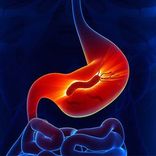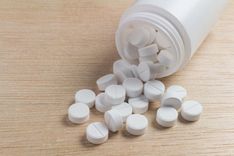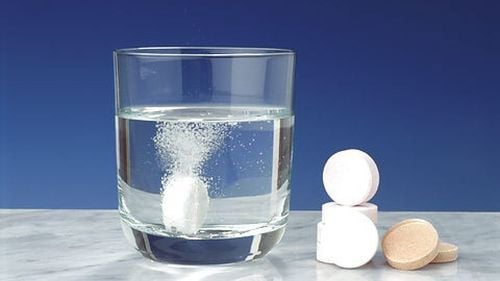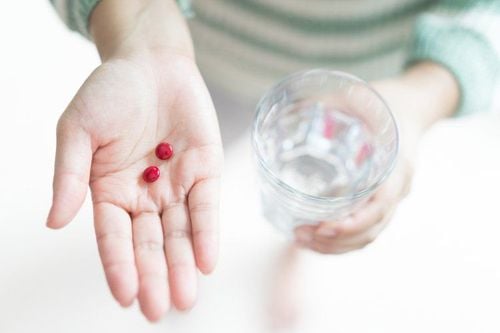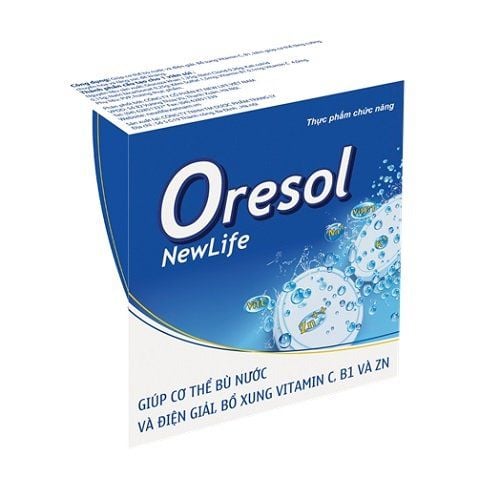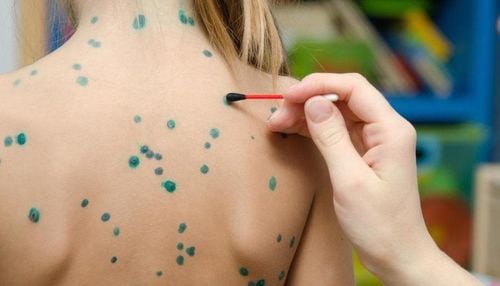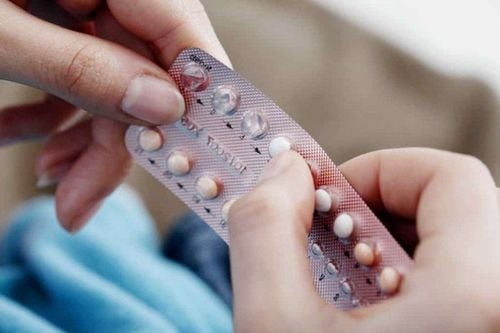Celestene is classified within the group of anti-inflammatory and analgesic steroid medicine. It is a highly potent medication compared to others in the same group. Improper use or overuse can lead to numerous side effects. For a better understanding, let’s get to know its uses, dosage instructions, and precautions in the detailed information below.
1. What is Celestene used for ?
Celestene contains the active ingredient Betamethasone at a concentration of 4 mg/ml and is formulated as an injectable solution. Betamethasone is a corticosteroid (adrenal cortex hormone). It has strong anti-inflammatory, anti-arthritic, and anti-allergic properties and it is used to treat disorders that respond to corticosteroid therapy. As a glucocorticoid, it exhibits high glucocorticoid activity and low mineralocorticoid activity.
Celestene 4mg is indicated to use in various conditions, including endocrine disorders, musculoskeletal issues, connective tissue diseases, dermatologic conditions, allergic reactions, eye disorders, respiratory diseases, hematologic conditions, cancers, and other diseases responsive to corticosteroid treatment.
- Endocrine disorders: Primary or secondary adrenal insufficiency (used in combination with mineralocorticoids, if applicable); congenital adrenal hyperplasia; subacute thyroiditis; hypercalcemia associated with cancer.
- Musculoskeletal disorders: Short-term adjunctive therapy for psoriatic arthritis, rheumatoid arthritis, ankylosing spondylitis, acute and subacute bursitis, nonspecific acute tenosynovitis, gout, acute rheumatic fever, synovitis.
- Connective tissue diseases: Treatment or maintenance of systemic lupus erythematosus, acute rheumatic myocarditis, systemic sclerosis and dermatomyositis.
- Dermatologic conditions: Pemphigus, severe erythema multiforme (Stevens-Johnson syndrome), exfoliative dermatitis, mycosis fungoides, chronic dermatitis, urticaria.
- Allergic reactions: Severe allergies unresponsive to conventional treatments, such as seasonal or persistent allergic rhinitis, nasal polyps, asthma, contact dermatitis, atopic dermatitis, drug or serum reactions.
- Eye disorders: Acute or chronic inflammation or allergies affecting the eye, including allergic conjunctivitis, keratitis, uveitis, episcleritis, chorioretinitis, optic neuritis, and other inflammatory conditions of the eye.
- Respiratory diseases: Symptomatic sarcoidosis, Loeffler's syndrome unresponsive to other treatments, adjunctive therapy for severe pulmonary tuberculosis, pneumothorax, pulmonary fibrosis, and pneumonia.
- Hematologic conditions: Idiopathic and secondary thrombocytopenia in adults, autoimmune hemolytic anemia, aplastic anemia, erythroblastopenia.
- Cancers: Temporary treatment for leukemia and lymphomas in adults, acute leukemia in children.
- Edematous conditions: Used as a diuretic or to reduce proteinuria without uremia in primary nephrotic syndrome or lupus nephritis.
Other conditions: Ulcerative colitis, Bell’s palsy (cold-induced peripheral nerve paralysis).
In general, Celestene has broad indications, but oral administration should be prioritized before injections unless rapid response is necessary for severe conditions.
2. Contraindications of Celestene 4mg
The drug is contraindicated in the following cases:
- Individuals hypersensitive to Betamethasone, other corticosteroids, or any component of Celestene 4mg.
- Patients with psychiatric conditions or active peptic ulcer disease.
- Systemic fungal infections or untreated bacterial infections.
- Use with caution in diabetic patients due to its potential to increase blood sugar levels.
3. Dosage and administration of Celestene
Dosage varies based on the individual and specific medical condition. Refer to the following guidelines for dosing:
- Adults: Dosage ranges from 4 to 20 mg of Betamethasone (1 to 5 ml) via slow intravenous injection (30 seconds to 1 minute). This dosage may be repeated three to four times within 24 hours, depending on the physician's recommendation and the patient's response.
- Systemic administration in children:
- Infants (newborn to 12 months): 1 mg of Betamethasone as needed.
- Children aged 1–5 years: 2 mg of Celestene.
- Children aged 6–12 years: 4 mg (1 ml). Dosage may be repeated three to four times within 24 hours, based on the patient's condition and response.
Dosages are for reference only, and specific treatment plans should be directed by a physician.
4. Side effects of Celestene
The adverse effects of Celestene are similar to other corticosteroids and are usually related to dosage and duration of treatment:
- Electrolyte and fluid disturbances: Sodium and water retention, congestive heart failure, hypokalemia, hypertension.
- Musculoskeletal: Muscle weakness, corticosteroid myopathy, muscle atrophy, exacerbation of myasthenia gravis, osteoporosis, vertebral compression fractures, avascular necrosis of the femoral or humeral head, pathological fractures, tendon rupture.
- Gastrointestinal: Peptic ulcer disease with perforation or bleeding, pancreatitis, abdominal distension, esophagitis.
- Dermatologic: Delayed wound healing, thin skin, petechiae, ecchymosis, facial erythema, excessive sweating, allergic reactions like dermatitis or urticaria.
- Neurologic: Seizures, increased intracranial pressure with papilledema, vertigo, headaches.
- Endocrine: Menstrual irregularities, Cushingoid syndrome, pituitary-adrenal suppression, reduced glucose tolerance, increased insulin or hypoglycemic drug requirements in diabetic patients.
- Ophthalmologic: Posterior subcapsular cataracts, increased intraocular pressure, glaucoma, exophthalmos (especially in children with prolonged use).
Psychiatric: Euphoria, mood swings, severe psychological disturbances, personality changes, insomnia. - Other effects: Rare occurrences of anaphylactic shock or hypersensitivity.
Side effects may vary based on individual susceptibility. Notify your physician of any adverse reactions experienced during treatment.
5. Precautions when using Celestene
Take the following precautions while using the medication:
- Begin treatment with the lowest effective dose and taper gradually when discontinuing. Follow the doctor’s instructions strictly without abrupt cessation.
- Use corticosteroids with caution in patients with congestive heart failure, recent myocardial infarction, hypertension, epilepsy, glaucoma, hypothyroidism, liver disease, osteoporosis, or renal impairment.
- Patients undergoing corticosteroid therapy may have a higher risk of infections due to reduced immune response. On the other hand, symptoms of these infections may be masked until late in the disease.
- Use cautiously in pregnant or breastfeeding women. Generally, use only when necessary.
- Avoid live vaccines during corticosteroid therapy.
- Do not combine with other immunosuppressive therapies, particularly at high doses, to prevent potential complications like neurological disorders or loss of antibody response. However, in patients who are being treated with corticosteroids as replacement therapy, such as in Addison's disease, immunotherapy may still be used.
- Patients should avoid exposure to infectious sources during treatment due to reduced immune defense. Immediate consultation with a physician is recommended if exposure occurs, especially in children.
- Corticosteroid therapy may exacerbate psychiatric conditions or psychological instability.
- Because complications of glucocorticoid therapy depend on the dose and duration of treatment, it is necessary to use the drug correctly and always consider when using it.
- Monitor carefully for drug interactions when using Celestene with other medications.
- Store at 2–30°C in a tightly sealed container. Protect from light and avoid freezing. Keep out of reach of children.
Celestene is a potent anti-inflammatory steroid that can cause numerous side effects when misused or overused. Always use under strict medical supervision.
To arrange an appointment, please call HOTLINE or make your reservation directly HERE. You may also download the MyVinmec app to schedule appointments faster and manage your reservations more conveniently.

